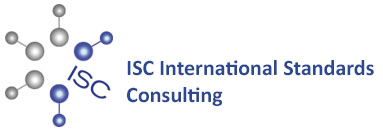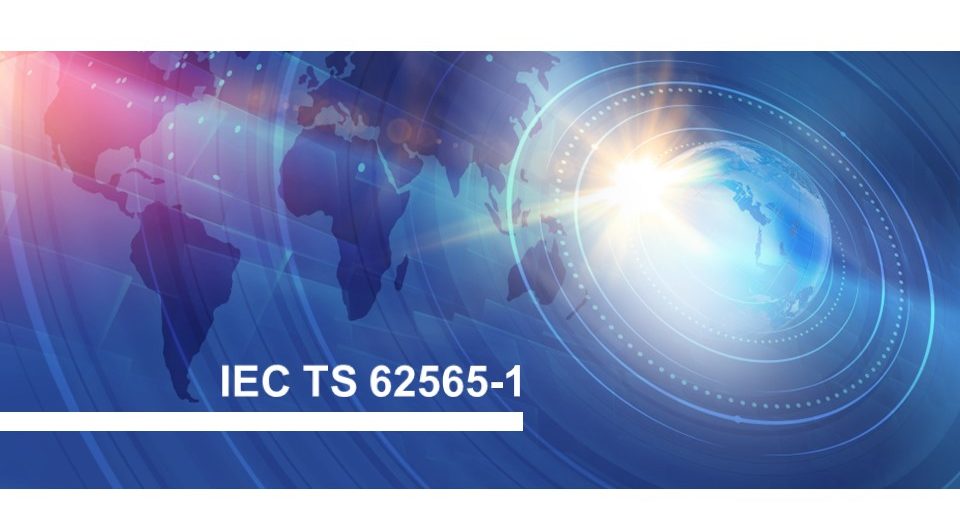The secretariat of IEC TC 113 is delighted to announce the publication of Standard IEC 62565-1 “Nanomanufacturing – Product specifications – Part 1: Basic concepts.” This standard focuses on quality management principles and aims to facilitate the smooth transition of nano-enabled products from development to mass production.
The mission of IEC TC 113 is to develop IEC publications that adhere to quality management principles, enabling efficient and effective production of nano-enabled products. The standardization strategy covers the entire value chain, from the production of nanomaterials to their integration into subassemblies or end-user products. While the primary focus is on electrotechnical products, it also encompasses non-electrotechnical products.
IEC TS 62565-1 provides a comprehensive systematic for standardization that support quality management systems, including ISO 9001 and its derivatives for specific applications. This framework is known as the “TC 113 Three Pillar Concept.”
Pillar 1 focuses on the specifications for nanotechnology products (62565-x-y), specifically the Blank Detail Specifications (BDS). A BDS provides a list of Key Control Characteristics (KCC) along with standardized measurement procedures to assess them.
Pillar 2 encompasses the KCC measurement standards (62607-x-y), which provide detailed descriptions of measurement procedures, data evaluation, and reporting of results.
Pillar 3 addresses reliability and dependability assessment (62876-x-y), essential for ensuring sustainable and safe operation of products, maintaining their specified performance throughout their predicted lifetime.
IEC 62565-1 provides comprehensive guidelines on writing a BDS and their utilization in establishing a detail specification (DS) between suppliers and customers.
A Blank Detail Specification (BDS) lists the Key Control Characteristics (KCCs) for the nanomaterial or nano-subassembly within the value chain. However, it does not provide specific requirements for the values and attributes of these characteristics. The responsibility for specifying the values and attributes lies with the Detail Specification (DS), which forms the foundation of the commercial relationship between the supplier and the customer.
IEC TS 62565-1 also addresses the situation where validated measurement standards for certain KCCs are unavailable. In those cases, the use of adapted standards developed for other applications may be suitable. To provide transparency on this issue, the IEC TS 62565-1 classifies measurement methods into four categories based on their maturity level, ranging from 4 (high) to 1 (low). SML 4 represents situations where a standardized measurement procedure is available and suitable for the specific use case, while SML 1 indicates the absence of a documented measurement method. In such cases, it is the responsibility of the parties involved to define an approach when writing a detail specification.
In conjunction with IEC 62565-1, the IEC series 62565-x-y, IEC 62607-x-y and IEC 62876-x-y play a crucial role in the quality management system, ensuring comprehensive quality in terms of performance and stability of nano-enabled products.
The publication of IEC 62565-1 represents an important milestone in standardizing quality management principles for nano-enabled products. This standard, along with its associated specifications, will provide valuable guidance to researchers, manufacturers, and industry professionals involved in nanotechnology.
We encourage stakeholders in the nanotechnology field to embrace these standards and contribute to the ongoing advancement and adoption of quality management principles in nano-enabled product development.
To obtain a copy of Standard IEC 62565-1 follow this link to the IEC webstore.

